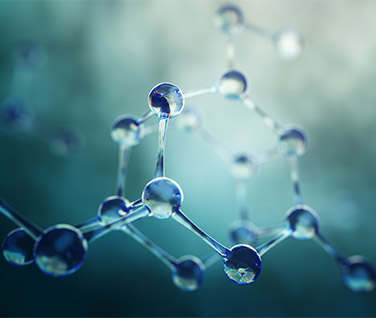What’s the Difference Between Resin and Dextrin Adhesives?

Are your labels flagging? Is the bond in your adhesive not strong enough to hold your coated substrate? The solution to your problems may be a change to your adhesive!
You’ve likely heard of resin and dextrin adhesives, but do you know what the difference between the two is? While they can sometimes be used in the same laminating applications, their features are quite different and can make a big impact on your application.
RESIN ADHESIVES
Resins are tough adhesives. They dry faster than dextrins and have a stronger wet tack. (Wet tack is the strength of the adhesive before the glue is setup — i.e. how sticky it is when wet.) In fact, the tack on a resin is so strong that it can resist UV damage and endure exposure to water without breaking down or cracking.
The raw materials used to create resins are more costly, which means a higher price tag. But price isn’t always the deciding factor when it comes to glue! Resins are a great choice for automatic applications because the quicker setup time and strong wet tack may prevent any swimming of the label.
DEXTRIN ADHESIVES
Dextrins are ideal in applications with porous substrates and, like all liquid adhesives, they dry in the absence of moisture. Dextrins are soluble in water but their starch-base makes them easier to dilute and clean from machinery. They have a strong wet tack and medium set time which allows for more time in the assembly line – often beneficial to those performing their application by hand. Dextrins typically come at a lower cost than resins.
WHICH ONE IS FOR YOU?
Like most choices, resins and dextrin adhesives each have their own benefits and drawbacks. Does the benefit of a lower price tag outweigh the need for a faster set time? Does a stronger wet tack hold the most weight in your decision-making process? Does this feel like information overload? No worries! Chicago Glue is one call away. We are happy to answer any questions you may have.












